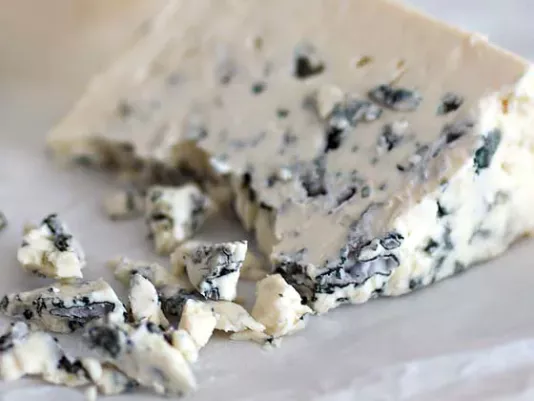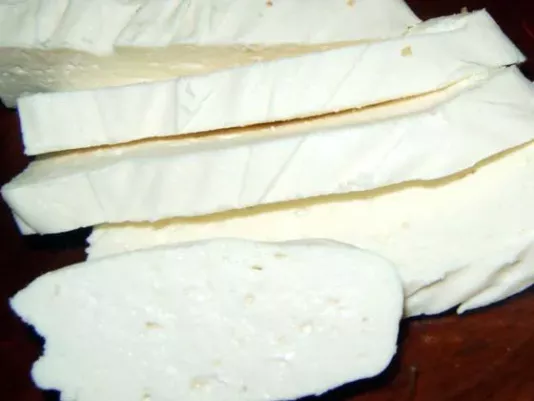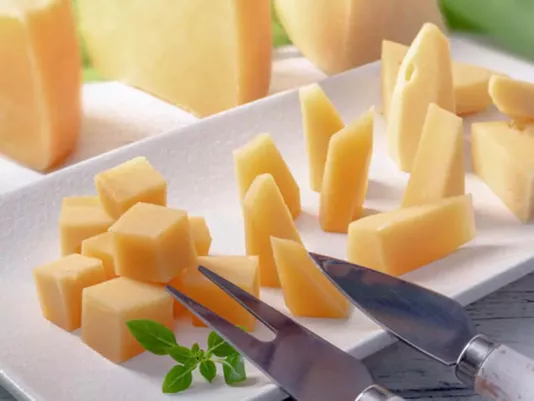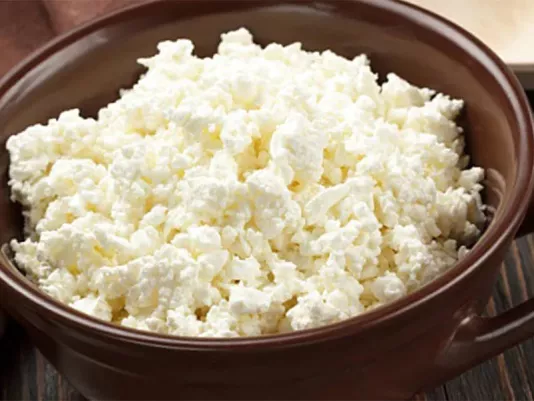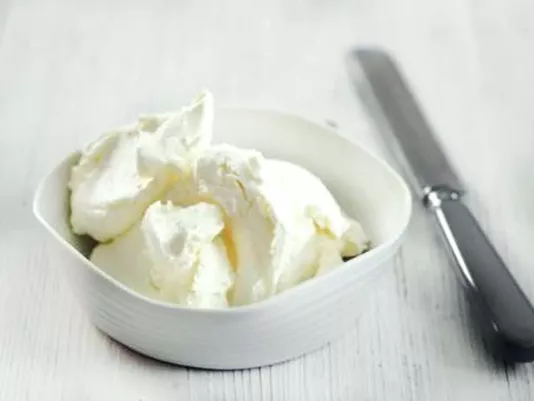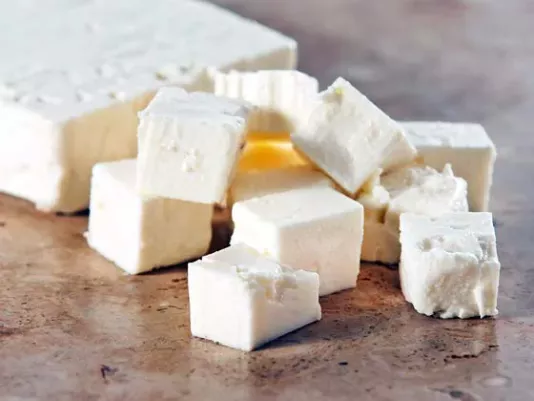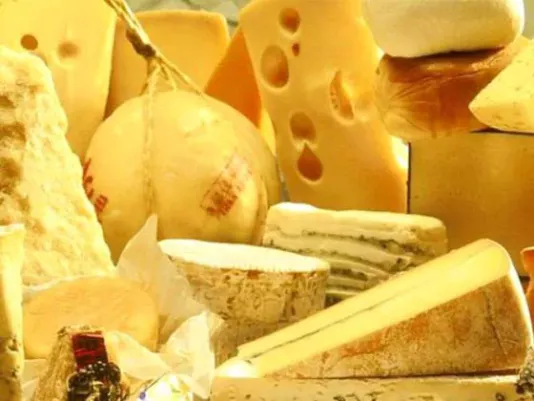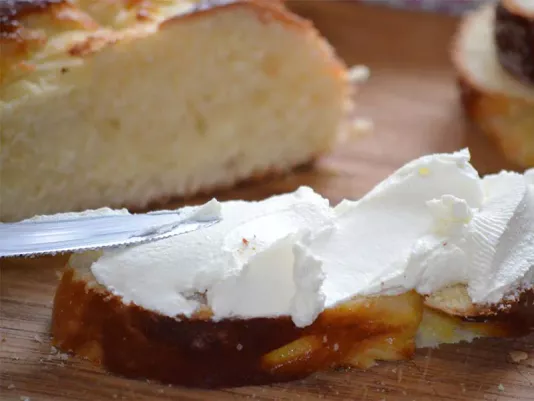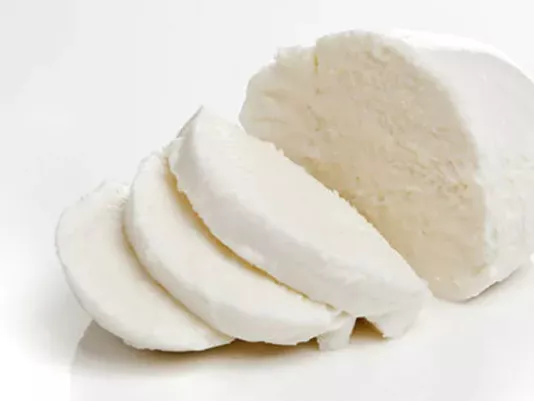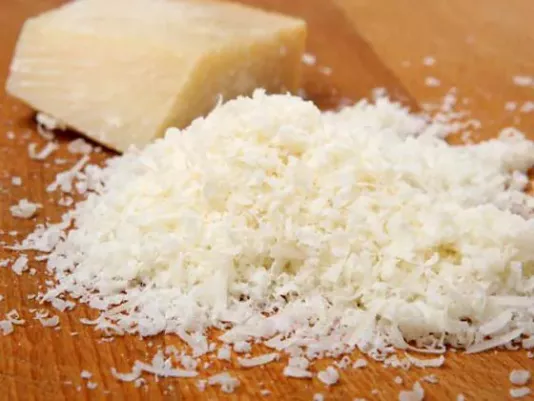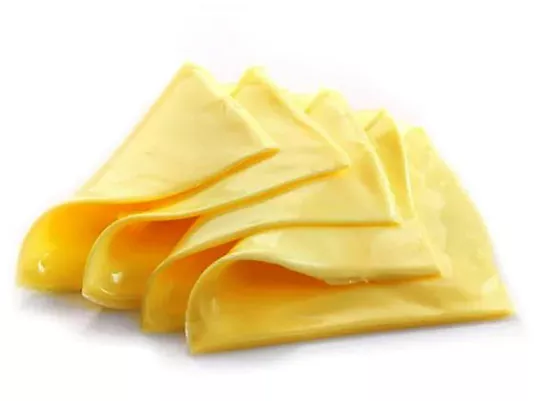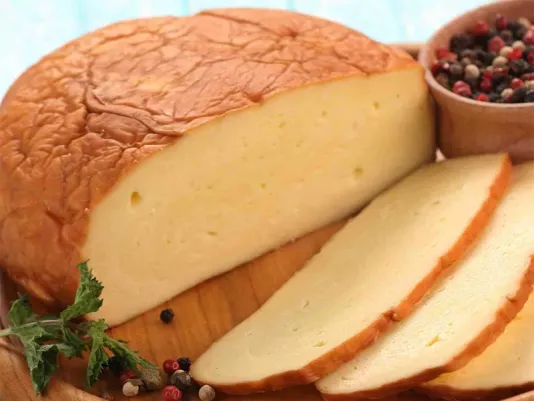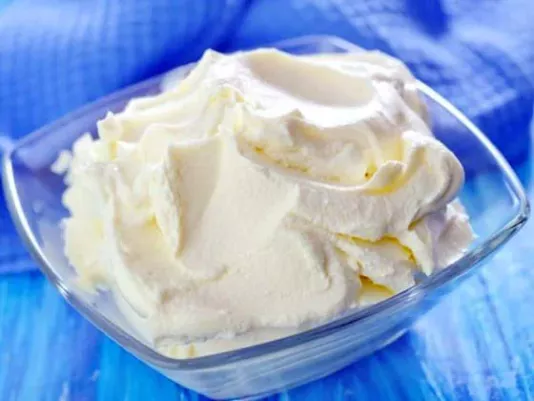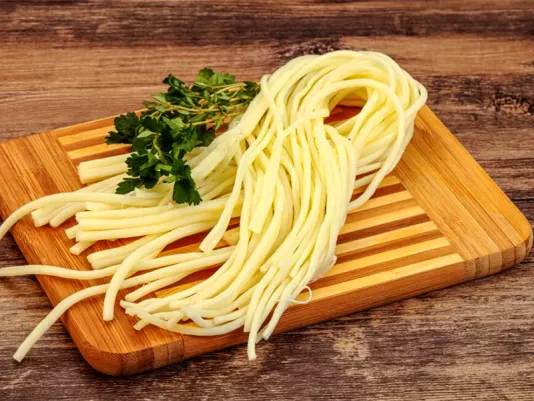Cheeses
Cheeses are a product I use every day, and each time I find a new application for them. They are so diverse in taste, aroma, and texture that they suit both light snacks and complex multi-layered dishes. In my practice, cheese always helps to make a dish more filling, nutritious, and interesting. Hard cheeses are ideal for casseroles and hot meals, soft cheeses go perfectly with fruits and pastries, while aged varieties provide sophistication and depth of flavor. I always pay close attention to the choice of cheese: it is important that it is fresh and of high quality, because the outcome of the entire dish depends on it. Cheeses are not only about taste and benefits, but also an opportunity for me to express my culinary creativity, experimenting with ingredient combinations.
Different Types of Cheeses
Hard Cheeses in Everyday Cooking
Hard cheeses always hold an important place in my kitchen because they are so versatile that they suit almost any dish. I often use them for preparing hot appetizers, casseroles, lasagna, or pizza. Since hard cheese melts perfectly and forms a golden crust, it adds dishes an appetizing look and rich flavor. I also love adding it to salads to make them more filling, or simply slicing it thinly to serve with bread. A special pleasure for me is the combination of hard cheeses with grapes or nuts – a classic that never gets boring. In my practice, I have noticed that the quality of cheese directly affects the outcome of the dish, so I always choose trusted producers. In addition to taste advantages, hard cheese has high nutritional value: it contains plenty of protein and calcium necessary for bone health. For me, hard cheeses are a product that is always at hand, because I know that with them I can quickly prepare something tasty and healthy.
Soft Cheeses and Their Culinary Potential
Soft cheeses for me are always associated with tenderness and delicate flavor. I often use them for making sandwiches, light snacks, and desserts. Such cheeses combine perfectly with vegetables, herbs, and fresh bread, creating quick and delicious meals for breakfast or snacks. I love adding them to salads, as soft cheese gives dishes a special creamy note and balance. In my practice, I have found that soft cheeses can also be successfully used in hot meals: they melt quickly, creating a delicate texture. One of my favorite combinations is soft cheese with roasted vegetables or warm flatbreads. In addition, I often prepare creams for desserts on their basis or use them as filling for pastries. Soft cheeses add lightness and refinement to dishes, while being quite nutritious. I always take care of product quality: I choose only fresh cheese with natural ingredients, because this affects not only taste but also health benefits. For me, soft cheeses are an opportunity to quickly and easily prepare something delicious without spending much time.
Processed and Brined Cheeses
Processed and brined cheeses have a special place in my diet because their properties open up completely different culinary opportunities. I love using processed cheese for making cream soups, sauces, and spreads. It gives dishes a delicate texture and mild taste, making them especially enjoyable for children. In addition, such cheeses are convenient to use in sandwiches, as they spread easily and pair well with other ingredients. Brined cheeses, such as bryndza or mozzarella, I often use in salads or hot dishes. They add pleasant saltiness and make flavors more expressive. Mozzarella is indispensable for me when preparing pizza or baked vegetables, as it creates a stretchy, appetizing texture. Bryndza I love combining with vegetables and herbs – a simple but incredibly tasty option. In my practice, I always pay attention to the degree of maturity and freshness of these cheeses, because it is what determines their taste and aroma. Processed and brined cheeses are products that help diversify the menu and make it richer and more interesting.
Aged and Delicacy Cheeses
Aged and delicacy cheeses for me are a true pleasure and a festive product that I use on special occasions. Their deep taste and rich aroma create a unique atmosphere at the table. I love serving such cheeses with wine, fruits, or nuts, as these are classic combinations that always impress guests. In my kitchen, aged cheeses are used not only as a separate appetizer but also as an ingredient for exquisite dishes: I add them to pasta sauces, use them in meat meals, or in salads with rich flavors. A special pleasure I get from combining delicacy cheeses with honey or berry sauces – the contrast of sweet and salty creates harmony that I truly appreciate. It is important to remember that aged cheeses have an intense flavor, and therefore I use them moderately so as not to overwhelm other ingredients. For me, they are an example of culinary culture that reveals the true depth of gastronomy. I always get special satisfaction when I can share such cheeses with my loved ones, as they make every meal more special.
Cheeses in Baking and Desserts
Cheeses in my culinary practice occupy a special place in preparing baked goods and desserts. I often use cheese for creating tender syrnyky, casseroles, cheesecakes, and sweet rolls. Soft cheese is ideal for pie fillings, while cream cheese becomes the base for airy creams that hold their shape well and add refinement to desserts. I also love experimenting with the combination of cheese and fruits: apples, pears, or berries with cheese mass create a bright and balanced flavor. In baking, cheese adds lightness and moisture to dough, making dishes tender and aromatic. I am convinced that cheese is a product that can replace many ingredients while making desserts healthier. A special pleasure I get from preparing cheesecake, because each time it turns out unique – with different structure, taste, or aroma depending on the type of cheese used. For me, cheese in desserts is a symbol of home warmth and coziness, as these are the dishes my family loves the most.
